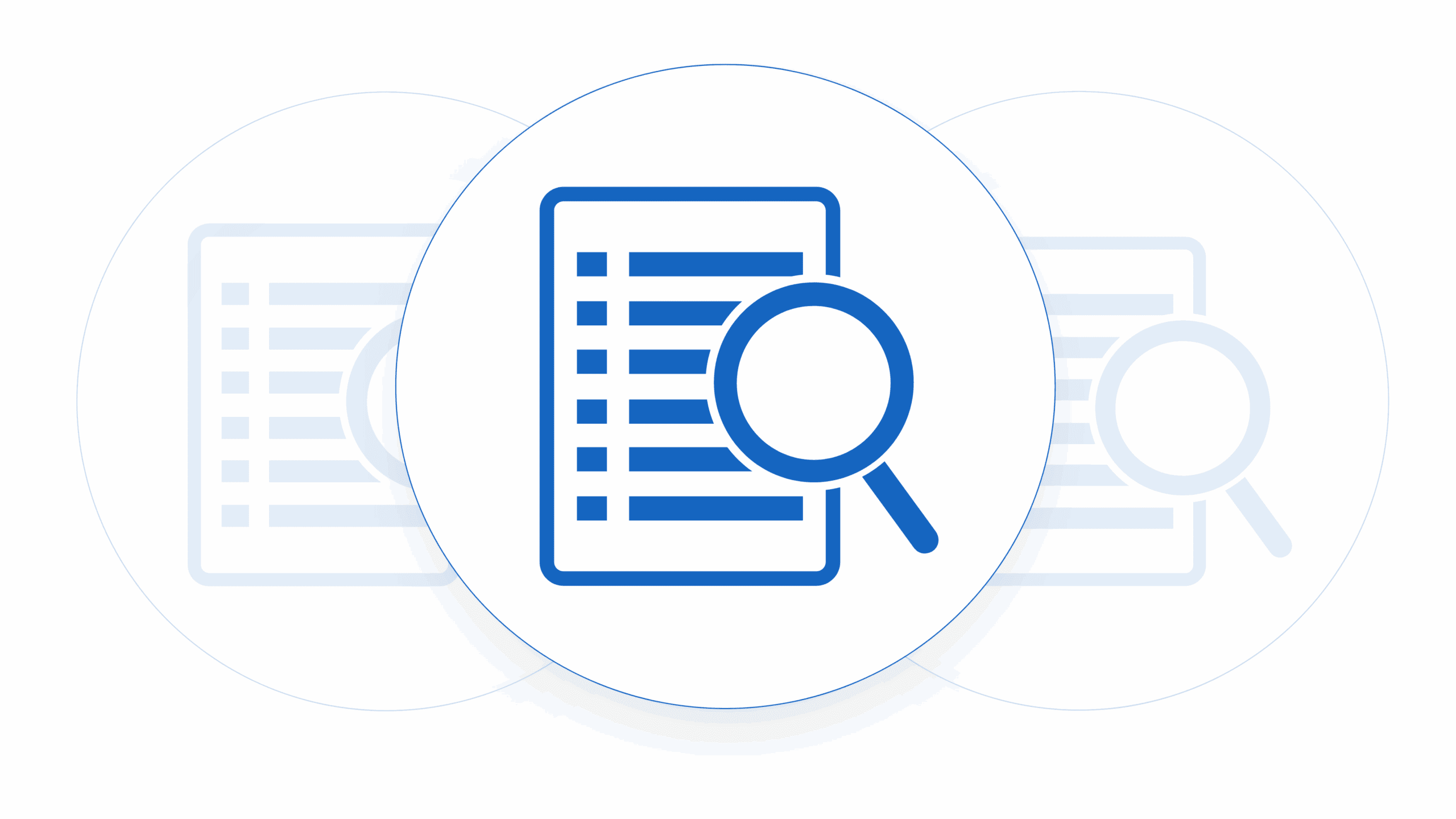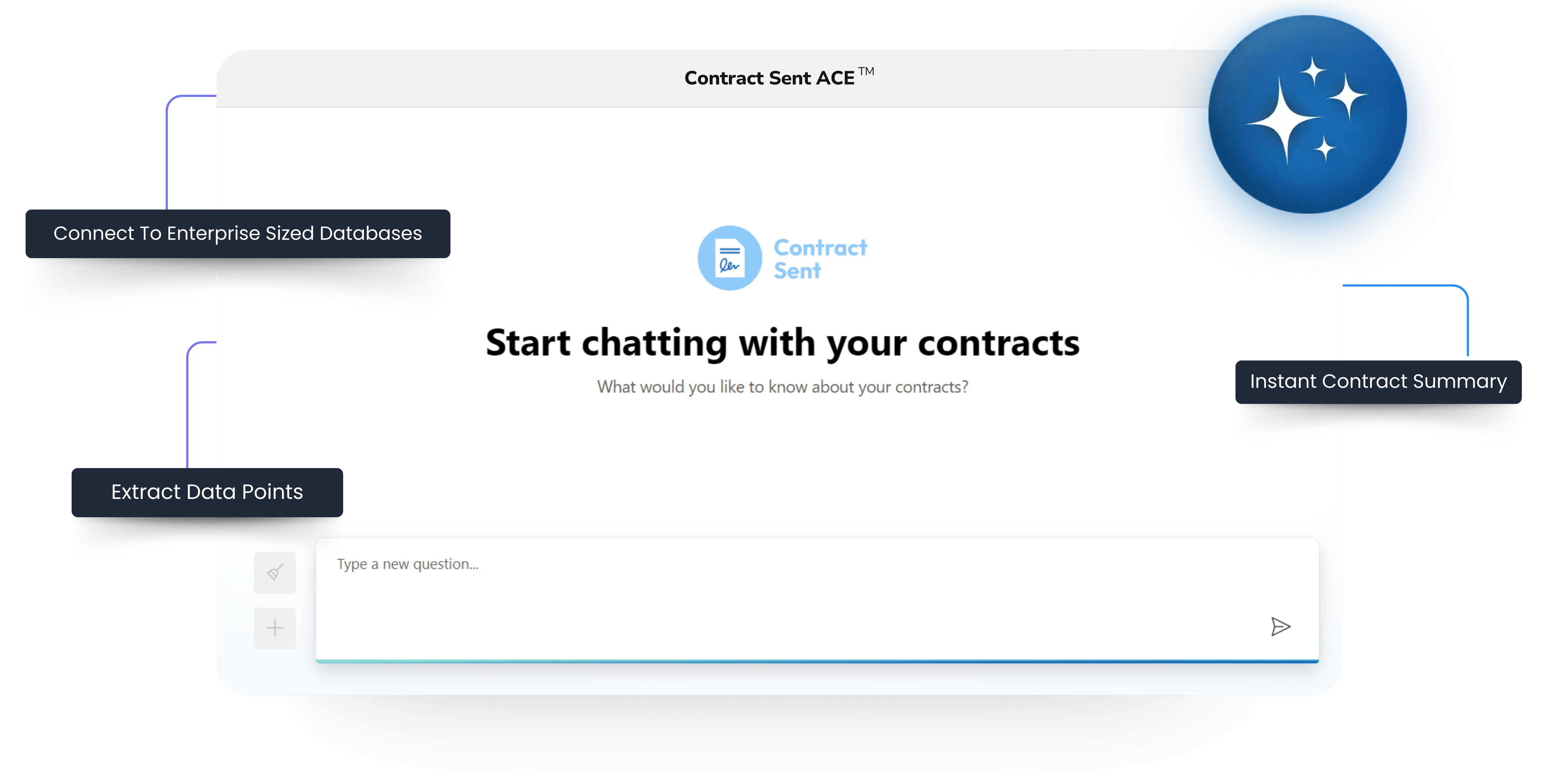Software as a Service (SaaS) contracts are becoming increasingly common as more businesses turn to cloud-based solutions for their software needs. You would think this would mean that more and more enterprise companies would be getting comfortable with negotiating SaaS contracts but it can often not feel like it. As a SaaS company your contracts with enterprise customers will typically include liability clauses that specify which party is responsible for any damages that may occur as a result of the software being used or misused. However, within these liability clauses, you may come across the term “carve-outs.” Carve-outs are a great way to leverage your negotiation to de-risk contract liability. This is especially true when dealing with a customer that is wanting unlimited liability. Carve-outs will allow you to navigate around this. Let’s explore what carve-outs are in liability clauses in SaaS contracts and why they are important.
What are Liability Carve-Outs?
Carve-outs in liability clauses refer to specific situations or scenarios where one party may not be held liable for damages. Essentially, a carve-out is a clause within the liability section of the contract that excludes certain types of damages from the responsibility of one of the parties involved. They are very important for you when you are facing a contract negotiation with a customer that isn’t budging on a high level of liability in the contract.
This is quite common when you are not using your own SaaS contract template and you are having to do redlines on a customers very of a contract. Often they will have their own mandate of why they require levels of liability and by understanding this you can use carve-outs to reduce the level of risk by agreeing to a higher level of liability for extremely unlikely situations while ‘carving-out’ liability for situations/outcomes that are important to your business.
In SaaS contracts, these carve-outs typically come in the form of exceptions to the liability clause. For example, a SaaS provider may carve out their liability for damages caused by the customer’s use of the software in a manner that is not compliant with the terms of service or user agreement. Another common carve-out is for damages caused by a third-party service or software that is integrated with the SaaS offering. As a SaaS company negotiating with an enterprise customer you might find that they have a hard line on some parts of their liability but will accept carve-outs for other parts.
Why are Carve-Outs Important?
The purpose of carve-outs is to limit liability and allocate risk between the parties involved in the contract. By specifying certain outcomes or situations where one or both parties are not responsible for damages, the contract can provide clarity and predictability for both parties and ultimately make it possible to do business together.
Without carve-outs, liability can become a gray area, and disputes may arise over who is responsible for damages. Generally, if there is room for this to occur an enterprise customer will be unwilling to sign a contract with you. This can lead to your sales deals grinding to a halt in the procurement stage, damage the relationship between the parties involved and the inability for your sales team to close deals. By clearly outlining the circumstances in which a party is not responsible for damages and working with opposing legal to find a balance with this the teams involved in finding a middle ground in the contract can help prevent disputes and more the SaaS contracting process forwards quickly.
Additionally, carve-outs can help incentivize good behavior and compliance with the terms of the contract. If a SaaS provider knows that they are not liable for damages caused by a customer’s non-compliance with the terms of service, they may be more likely to enforce those terms and ensure that their customers are using the software in a compliant manner.
Examples of Carve-Outs in SaaS Contracts
As mentioned, carve-outs in SaaS contracts can take many forms. The carve-outs that you negotiate with your customers will be very dependant on the type of product that you have, the customers that you have and the way they use your product. Here are a few common examples:
Customer Non-Compliance
A SaaS provider may carve out their liability for damages caused by a customer’s failure to comply with the terms of service or user agreement. This could include things like using the software for illegal purposes, sharing login credentials, or exceeding usage limits. This can be important for products that allow customers to create and share on their platform.
Third-Party Services
If a customer integrates a third-party service or software with the SaaS offering, the liability clause may carve out the SaaS provider’s responsibility for any damages caused by that third-party service or software. When a customer can use a public API of your this can be something important to consider.
Force Majeure in SaaS Contracts
In the event of an unforeseen circumstance, such as a natural disaster or cyber attack, the liability clause may carve out both parties’ liability for damages caused by the event.
Known Risks
If a customer is aware of a particular risk associated with using the software and chooses to use it anyway, the liability clause may carve out the SaaS provider’s liability for any damages resulting from that risk. This is less common and is often the responsibility of the SaaS company to manage this though security of the product.
Carve-outs are an important aspect of liability clauses in SaaS contracts. By specifying certain situations where one party is not responsible for damages, the contract can make sure things are clear and that there is predictability for both the software maker and the software user. This can help prevent disputes from arising, make sure each party is aware of where the lines of responsibility sit and compliance with the terms of the contract. As with any aspect of a contract, it is important to review and understand the carve-outs in the liability clause before signing off on a recurring contract for product usage.
How to Ask For a Carve-Out For Liability
When you’re at the end of you SaaS sales cycle and you’re just trying to get a deal across the line it’s important to know how to approach the legal team on the other side. Asking a lawyer for a carve-out for liability can be a sensitive issue, but it’s a common practice in legal negotiations. Here are some tips on how to approach the conversation without contract negotiations breaking down:
Be clear and specific with the why
When requesting a carve-out for liability, be sure to clearly state what you are asking for and why. Explain the situation or scenario that you would like to exclude from liability and why you think it is reasonable to do so. Providing specific explanations of your products use case can help the opposing lawyer understand your request. You need to understand that a lawyer at an enterprise company doesn’t specialize in SaaS contracts nor do they have any idea how your software works. Being proactive in giving them context can be extremely helpful.
Be collaborative
It’s important to approach the conversation in a collaborative manner rather than an adversarial one. This is especially true after your sales team have worked extremely hard to build a relationship with the buyer. You want to work with the opposing lawyer to come to a mutually beneficial agreement, rather than making demands or threats which will just blow up a negotiation before it gets started. Emphasize the benefits of the carve-out for both parties and try to find a solution that meets everyone’s needs.
Be prepared to negotiate with a timeline
It’s unlikely that the opposing lawyer will agree to your request without some negotiation. When you’re looking at an end of quarter with sales targets to hit you’ll need to be strategic with your negotiation and be prepared to discuss the details of the carve-out and make concessions if necessary. Consider what you are willing to give up in exchange for the carve-out and be open to compromise. Before you get into a conversation with the customers legal team make sure that you know what you can make as a concession to get to where you want to be. This might mean you concede on SaaS billing terms to get a reduction of liability. Understanding the levers you have and the value they have to the customer is one of the most useful things you can do.
Provide supporting documentation
If you have any supporting documentation, such as industry standards or best practices, that support your request for a carve-out, provide it to the opposing lawyer. Referencing industry standards can be one of your most powerful levers in negotiations. This can help make your case more persuasive and increase the likelihood of a successful SaaS contract negotiation.
Build relationships with your customers
Above all, it’s important to understand that you’re building an ongoing relationship throughout the negotiation process. For your SaaS customers the lifetime value of a customer means that you’ll be working with them for (hopefully) more than one year and this means negotiating renewals. Sometimes its good to concede on things and look to revisit then when a renewal comes up. This will allow you to build and maintain good customer relationships. Even if you disagree with the opposing lawyer’s position, look to constructively serve your sales team as well as the customers buyer who just wants to use your product. This can help build a positive working relationship and make future negotiations easier.
Overall, requesting a carve-out for liability requires clear communication, collaboration, and negotiation skills. By treating it as another facet of your sales teams multi treading approach to selling you can increase the chances of reaching a successful agreement.












